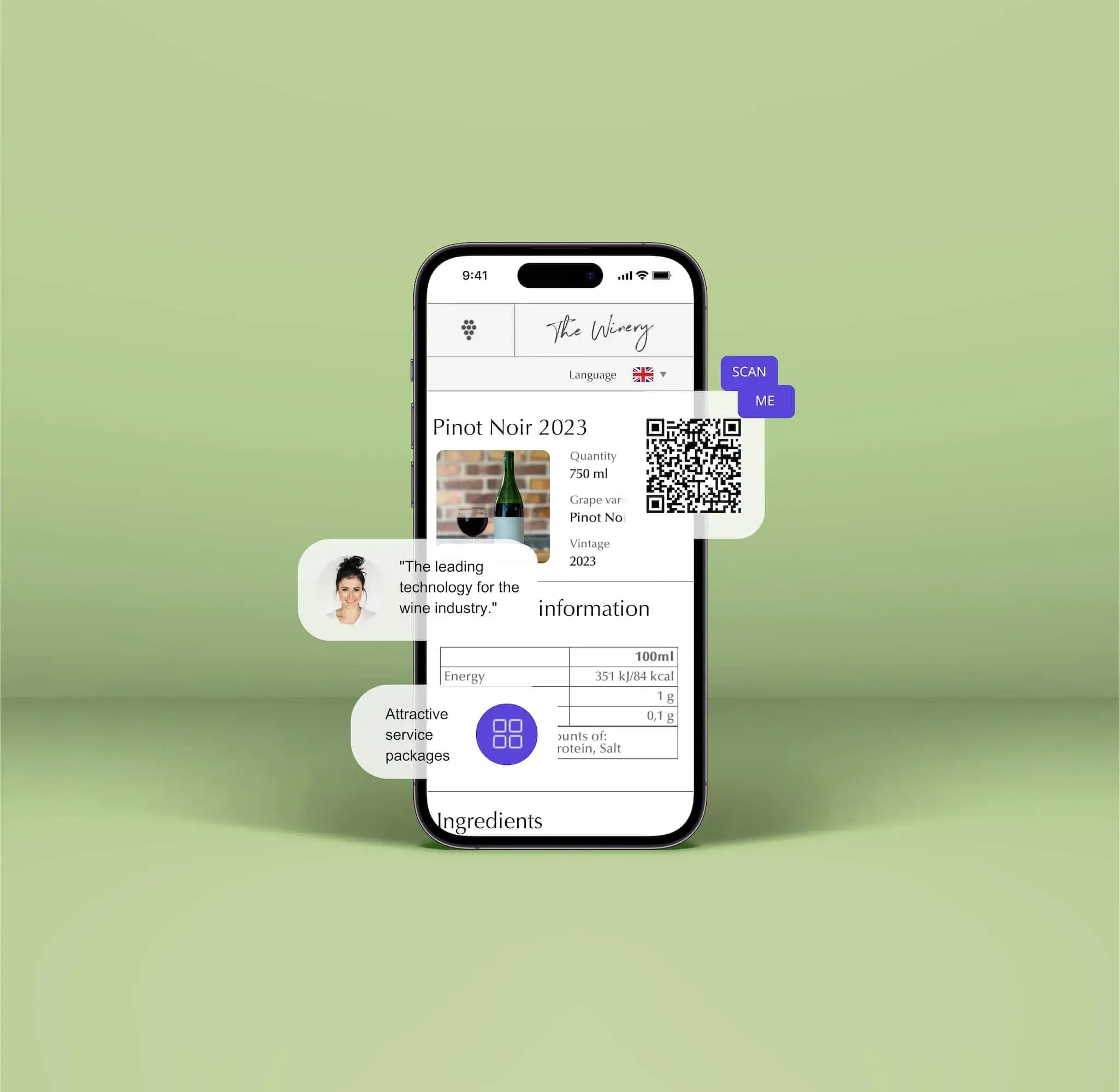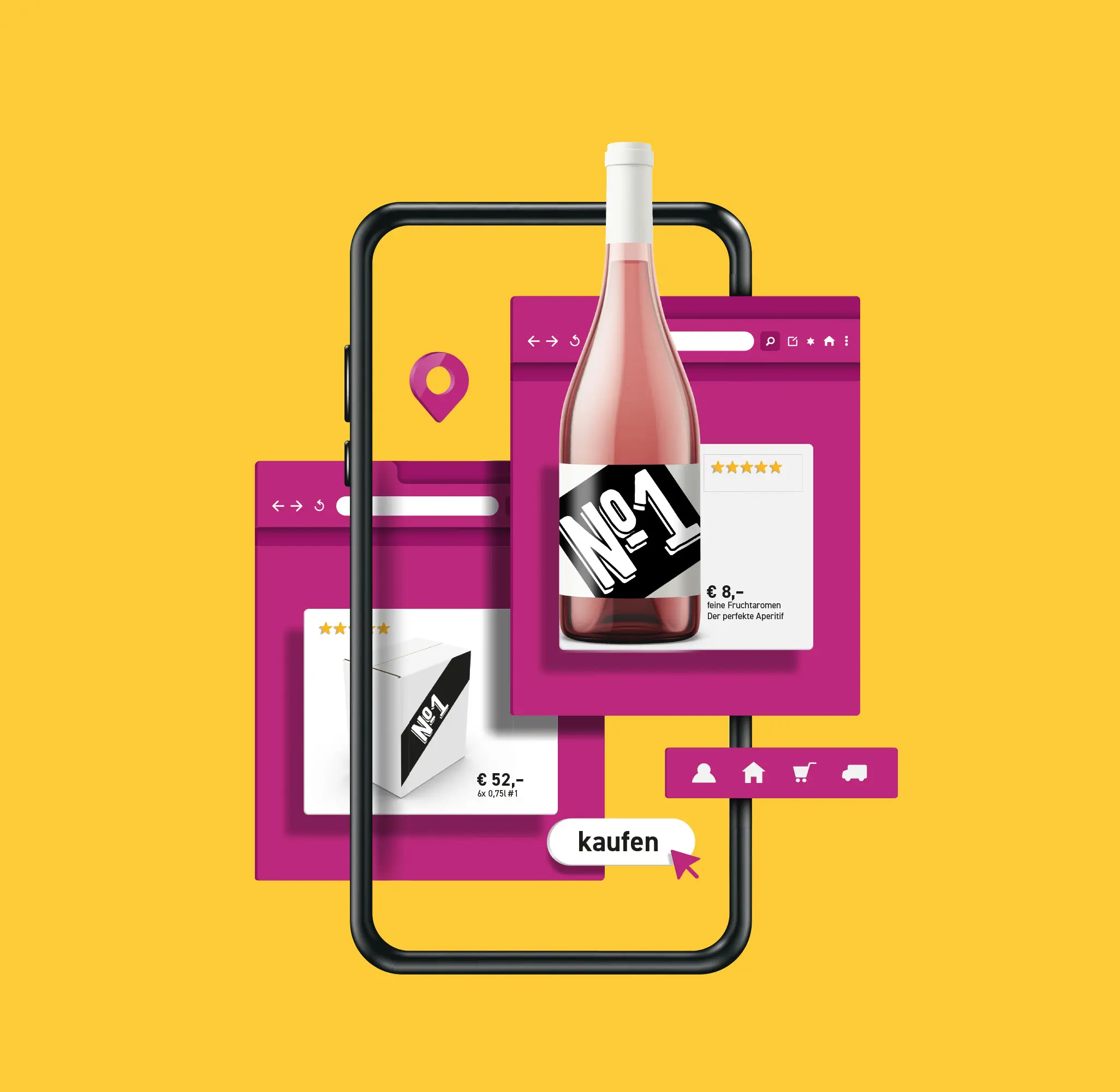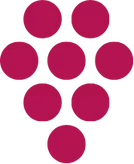The fastest and safest way to the EU E-Label for wine.
Developed with legal experts. Create E-Labels for your wines in just a few minutes, without prior knowledge and at fair prices.
Register for now and get 3 free e-labels.


It's as straightforward as this
Anyone in the company can use our tool within 5 minutes without any prior knowledge.
01.
Upload analysis data
Enter the known analysis data such as alcohol content, total acidity and residual sugar. We will automatically create the nutritional value table from this.
02.
Specify ingredients
Select the ingredients you want to use in the wine from a predefined list.
03.
Download QR code
Download the QR code of the wine and send it to your print shop. Done!

Talk to us
If you have any questions about the mandatory information on the wine label or about our solution, please write to us.*
*on weekdays between 8 a.m. and 7 p.m.
Our prices and service packages
Pay for new E-Labels ONLY. E-labels from the past years do NOT cause any costs for you.
Every E-Label is online for at least 10 years. Just contact us if you want to extend the e-label lifetime.
Test our solution without risk or contact us for a free introduction.
Press reviews
Frequently asked questions about the new EU directive for wine labels
In our FAQs, you will find answers to the EU wine labeling regulation (2021/2117). We explain how to best place the QR code on the wine label and how to correctly indicate ingredients and nutritional values.



 Thanks to its long-standing experience in developing software solutions for digital labels, IMERO has developed the platform e-label.eu, allowing winemakers to easily create electronic labels for their wines in a few steps.
Thanks to its long-standing experience in developing software solutions for digital labels, IMERO has developed the platform e-label.eu, allowing winemakers to easily create electronic labels for their wines in a few steps.




